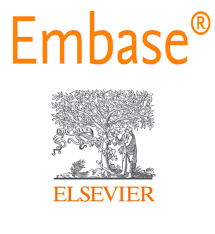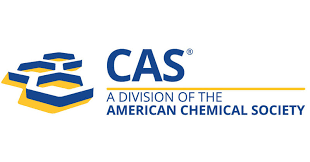Risk Stratification of Milan System of Reporting Salivary Gland Cytology Along with Histological Correlation
Keywords:
FNAC(fine needle aspiration cytology), cytohistological correlation, MSRSGC(Milan system for reporting salivary gland cytopathology), histopathology, ROM(risk of maliganancy).Abstract
OBJECTIVES: The objective of this study was to evaluate the diagnostic accuracy and clinical utility of the Milan System for Reporting Salivary Gland Cytopathology (MSRSGC) by correlating cytological findings from FNAC with histopathological diagnoses, estimating the risk of malignancy for each category, and assessing the system's effectiveness in standardizing reporting and guiding patient management. METHODS: FNAC was performed on all clinically palpable salivary gland swellings over 1.5 years using universal sampling. Smears were stained with MGG, Pap, and H&E. Resected specimens were processed and classified as per WHO guidelines. Cytological diagnoses were categorized using MSRSGC and correlated with histopathology. Risk of malignancy was calculated per category. Data were recorded on a proforma and analyzed using Microsoft Excel. RESULTS : In this study of 100 salivary gland FNAC cases, histopathological correlation was available for 52. The majority were aged 41–60 years, with a male predominance. Parotid was the most involved gland. Category IVa (47%) was most common. Concordance with histology was 90.38%. ROM ranged from 0% (Categories I–III) to 100% (IVb, V). FNAC showed 55.56% sensitivity, 97.67% specificity, and 90.38% diagnostic accuracy using the MSRSGC. CONCLUSION: The study validates the MSRSGC as an effective, reproducible system for salivary gland FNAC, ensuring accurate diagnosis, risk stratification, and improved clinical decisions, despite moderate sensitivity.
.png)









